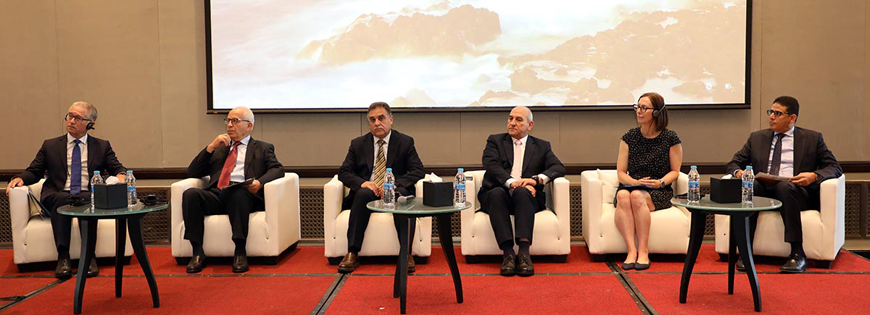You are here
Average family size in Jordan stands at 4.8 members - DoS
By JT - Aug 21,2024 - Last updated at Aug 22,2024

The Department of Statistics says that the average family size in Jordan is 4.8 members, with 15 per cent of households headed by women, and one-third of family members are under the age of 15 (Petra photo)
AMMAN — The average family size in Jordan is 4.8 members, with 15 per cent of households headed by women, and one-third of family members are under the age of 15, according to the 2023 Population and Family Health Survey by the Department of Statistics (DoS).
The survey, released on Wednesday, revealed that the median age at first marriage is 22.5 years for women and 27.5 years for men, according to the Jordan News Agency, Petra.
The fertility rate has decreased to 2.6 children per woman, a significant drop from 5.6 in 1990. While the fertility rate remained stable between 2002 and 2012, it has declined between 2017-2018 and 2023.
Women in the Ajloun and Mafraq governorates had the highest fertility rates, at 3.1 children per woman, whereas Aqaba recorded the lowest rate at 1.9 children per woman.
Fertility rates were higher in rural areas (2.8 children per woman) compared with urban areas (2.6 children per woman). Fertility rates among women in Syrian refugee camps were significantly higher, at 4.9 children per woman, compared with 3.9 among those living outside the camps.
The survey also highlighted key health metrics, including an infant mortality rate of 14 per 1,000 live births and an under-five mortality rate of 15 per 1,000. Additionally, almost one-third of children aged 6 to 59 months suffer from anaemia, with 19 per cent experiencing mild anaemia, 13 per cent moderate anaemia, and less than 1 per cent severe anaemia.
In terms of smoking, 14 per cent of currently or previously married women (including divorced and widowed) and 48 per cent of men aged 15-49 were found to smoke tobacco. The survey further showed that 13 per cent of currently or previously married women aged 15-49 has experienced violence since the age of 15.
The report also noted that 4 per cent of the Kingdom’s population has significant difficulty or inability to carry out daily activities, with the highest rate among those aged 60 and over at 19 per cent. The most common issues were visual impairment 9 per cent, difficulty walking or climbing stairs 7 per cent, and difficulty remembering or concentrating 4 per cent.
The 2023 Population and Family Health Survey, the eighth in a series of demographic and health surveys conducted in Jordan, reflects the national, urban, rural, regional and governorate levels, and provide comprehensive insights into the Jordanian population by nationality: Jordanians, Syrians outside camps, Syrians inside camps and other nationalities.
Haider Freihat, director general of the DoS, emphasised the importance of the survey in informing decision-makers, researchers and the public on key health and demographic issues.
The results of the survey were presented at a conference attended by prominent representatives, including UNICEF Representative to Jordan Philippe Duamelle, and USAID Health Office Director Bethany Haberer, among others.
The 2023 Demographic and Health Survey was funded by the Government of Jordan, USAID, UNICEF, the United Nations Population Fund, the World Health Organisation and the World Food Programme.
Related Articles
AMMAN — The number of females in the Kingdom, at the end of 2023, reached 5,419,000 out of the total population, accounting for 47.1 per cen
AMMAN — The Department of Statistics’ (DoS) director general on Tuesday said the birth rate among Jordanian families stood at 2.7 per cent,
AMMAN — The population of the Kingdom currently stands at 11,630,323, placing Jordan 11th among Arab countries and 86th globally.In a statem

















